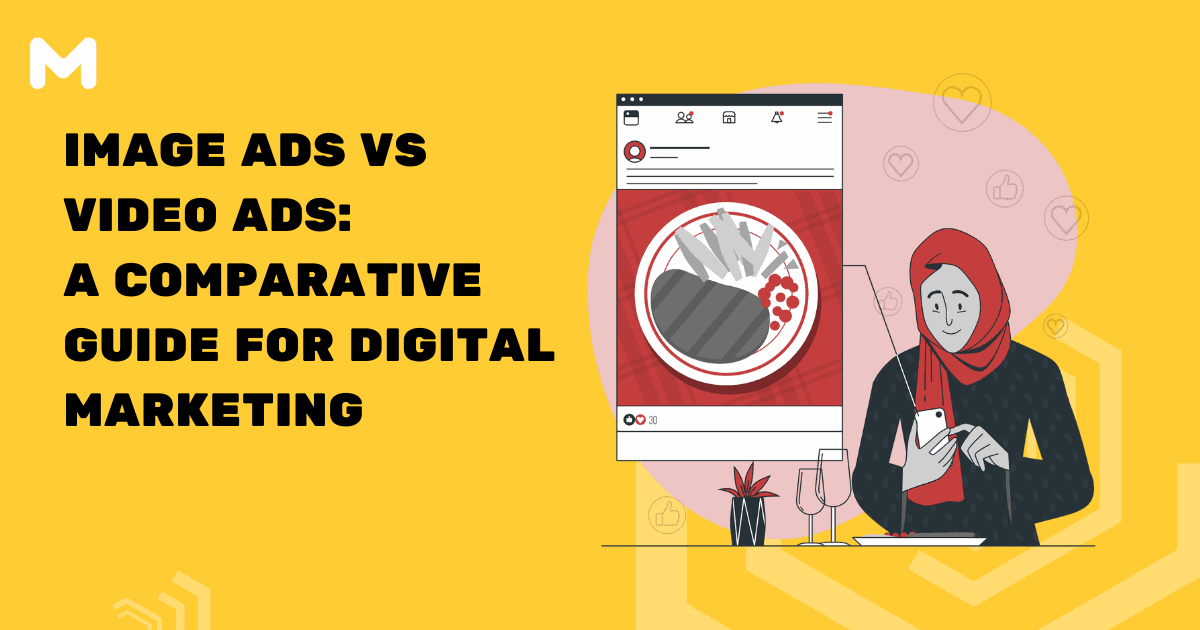Digital marketing has become an integral part of business growth and development. With platforms like Facebook and Instagram offering comprehensive ad strategies, businesses have an array of options to engage with their target audience. The most prevalent formats are image and video ads. In this SEO-friendly blog post, we will delve into a comparative study between these two formats, exploring their strengths and weaknesses.
Image Ads: The Traditional Format
Image ads have been around since the beginning of online advertising. These static visuals have a simple yet effective way of conveying a message or promoting a product/service.
Strengths of Image Ads
- Simplicity: Image ads are straightforward and easy to create. With a clear message and an engaging visual, businesses can communicate their offerings effectively.
- Cost-effective: Compared to video ads, image ads are cheaper to produce. They require less equipment and fewer resources.
- Load speed: Because they have smaller file sizes, image ads load faster, reducing the chances of a user leaving the page due to loading issues.
Weaknesses of Image Ads
- Limited storytelling: Image ads may not tell a story as effectively as videos. They have a finite space to convey the brand message.
- Less engaging: With the rapid rise in dynamic content, image ads may fail to grab users’ attention in the same way videos can.
- Lack of depth: Image ads lack the depth that videos can provide. They may not fully convey product features, benefits, or use cases.
Video Ads: The Dynamic Contender
Video ads are transforming the digital marketing landscape. They are highly interactive and can deliver a lot of information in a short time, engaging viewers more actively.
Strengths of Video Ads
- Engagement: Videos are visually stimulating and can keep viewers hooked for longer. They can effectively convey a story, evoke emotions, and leave a lasting impression.
- Versatility: Videos can showcase different aspects of a product or service in detail. Tutorials, testimonials, product usage – the possibilities are endless.
- Increased Conversions: Studies have shown that video ads lead to higher conversion rates. Viewers are more likely to make a purchase after watching a video about the product.
Weaknesses of Video Ads
- Cost: Video production can be expensive. It requires more resources, equipment, and potentially professional help.
- Time-consuming: From brainstorming to post-production, creating a video ad takes significantly more time than an image ad.
- Slow load times: Videos, due to their larger file sizes, may load slower, particularly on slower internet connections. This can negatively impact the user experience.
Final Takeaway
Both image and video ads have their unique benefits and challenges. Image ads are a cost-effective solution for companies seeking simplicity and quick execution, while video ads provide a higher level of engagement and storytelling, potentially driving better conversion rates.
The choice between these two should be determined by your business’s goals, target audience, budget, and resources. A successful digital marketing strategy often involves a blend of both formats. Through continuous testing and optimization, businesses can identify which format works best for their specific needs.
With digital marketing trends evolving rapidly, staying ahead of the curve and understanding the strengths and weaknesses of each ad format can significantly influence your business’s online success. This is particularly true as emerging technologies like augmented reality in marketing continue to reshape how brands interact with their audiences. By integrating AR into campaigns, businesses can provide immersive and engaging experiences that capture consumer attention and drive deeper connections. However, leveraging such innovations requires a clear understanding of audience preferences and a commitment to staying updated on the latest tools and platforms.
Remember to continually optimize your digital marketing strategy and adapt to the ever-changing digital landscape. The secret lies in knowing your audience, understanding their preferences, and delivering content that resonallytes with them.
